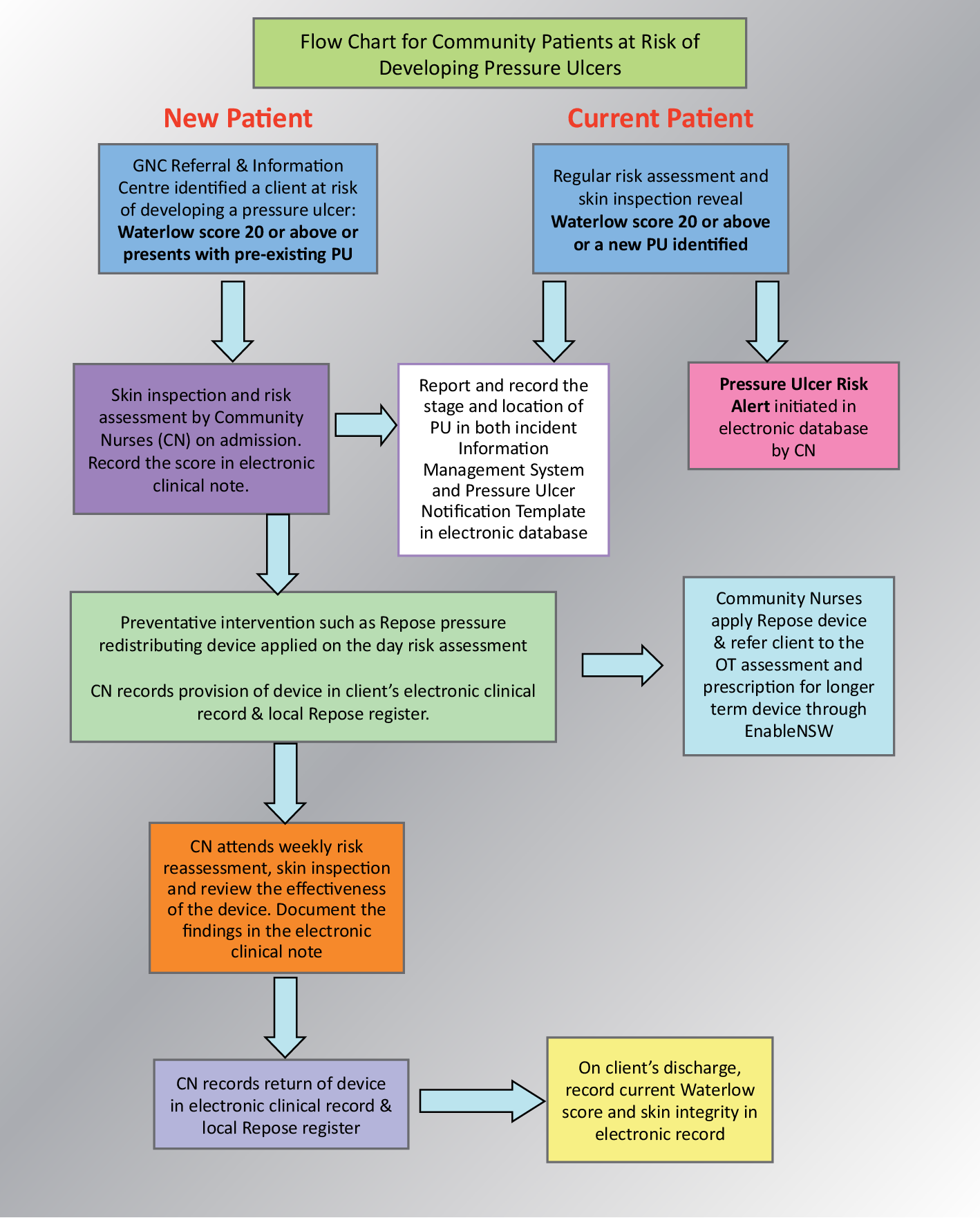
Ulcers are painful sores that can affect various parts of the body, including the stomach (peptic ulcers), mouth, and skin. Certain groups of individuals are more susceptible to developing ulcers due to various risk factors such as age, medical history, and lifestyle choices. Understanding these high-risk groups and implementing effective prevention strategies is crucial for maintaining health and well-being. In this blog, we’ll identify high-risk groups, discuss specific prevention strategies, emphasize the importance of regular check-ups, and highlight the role of family and caregivers in ulcer prevention.
Identifying High-Risk Groups
Certain populations are more prone to developing ulcers. Recognizing these groups can aid in early intervention and prevention efforts.
1. Older Adults
Individuals aged 60 and above are at a higher risk for peptic ulcers, largely due to the natural aging process, which can affect the stomach lining and digestive system.
2. Individuals with a History of Ulcers
People who have previously experienced ulcers are more likely to develop them again, particularly if they do not address the underlying causes.
3. Those with Chronic Health Conditions
Conditions like diabetes, liver disease, and chronic kidney disease can increase ulcer risk due to altered immune responses and digestive processes.
4. People Taking Certain Medications
Long-term use of non-steroidal anti-inflammatory drugs (NSAIDs), corticosteroids, and certain anticoagulants can irritate the stomach lining and lead to ulcer formation.
5. Smokers and Heavy Alcohol Consumers
Both smoking and excessive alcohol consumption have been linked to an increased risk of ulcers by damaging the stomach lining and interfering with healing processes.
Specific Prevention Strategies for High-Risk Individuals
Implementing tailored prevention strategies is essential for those at high risk for ulcers. Here are some effective approaches:
1. Dietary Adjustments
Encourage a balanced diet rich in fiber, vitamins, and minerals. Foods like yogurt, leafy greens, and whole grains can promote digestive health. Avoid spicy foods, caffeine, and alcohol, which can irritate the stomach lining.
2. Stress Management
Teach relaxation techniques such as meditation, yoga, or deep-breathing exercises. Reducing stress can help alleviate symptoms and decrease the risk of ulcer development.
3. Medication Review
Individuals on long-term medications should consult their healthcare providers to review their prescriptions and consider alternatives to NSAIDs or other ulcerogenic medications.
4. Smoking Cessation Programs
Encourage smokers to seek help through cessation programs, counseling, or medications to reduce the risk of ulcer development.
5. Regular Exercise
Promote regular physical activity, which can improve overall health, reduce stress, and support digestive function.
Importance of Regular Check-Ups and Screenings
Regular medical check-ups are vital for high-risk groups. Here’s why:
1. Early Detection
Routine screenings can help identify potential ulcer risks before they develop into more serious conditions.
2. Monitoring Health Conditions
For individuals with chronic illnesses, regular appointments allow healthcare providers to monitor their conditions and adjust treatment plans as necessary.
3. Education on Ulcer Symptoms
Healthcare providers can educate patients on recognizing early symptoms of ulcers, allowing for timely intervention.
Educating Family and Caregivers
Family members and caregivers play a crucial role in ulcer prevention for high-risk individuals. Here’s how they can help:
1. Understanding the Risk Factors
Educate family members about the specific risk factors that affect their loved ones, empowering them to be vigilant and supportive.
2. Encouraging Healthy Habits
Caregivers can assist in promoting healthy dietary choices, regular exercise, and stress management techniques within the household.
3. Monitoring Symptoms
Family members should be aware of potential ulcer symptoms, such as persistent abdominal pain or changes in appetite, to help their loved ones seek medical advice when necessary.
4. Supporting Medical Appointments
Encouraging regular medical visits and being present during appointments can help patients communicate effectively with their healthcare providers and adhere to treatment plans.
Conclusion
Ulcer prevention is especially important for high-risk groups, including older adults, individuals with a history of ulcers, those with chronic health conditions, and smokers. By implementing specific prevention strategies, encouraging regular check-ups, and educating family and caregivers, we can significantly reduce the risk of ulcer development and promote better health outcomes. If you or someone you know falls into a high-risk category, take proactive steps to minimize ulcer risk and maintain a healthy lifestyle. Together, we can work towards a future with fewer ulcer-related complications.

